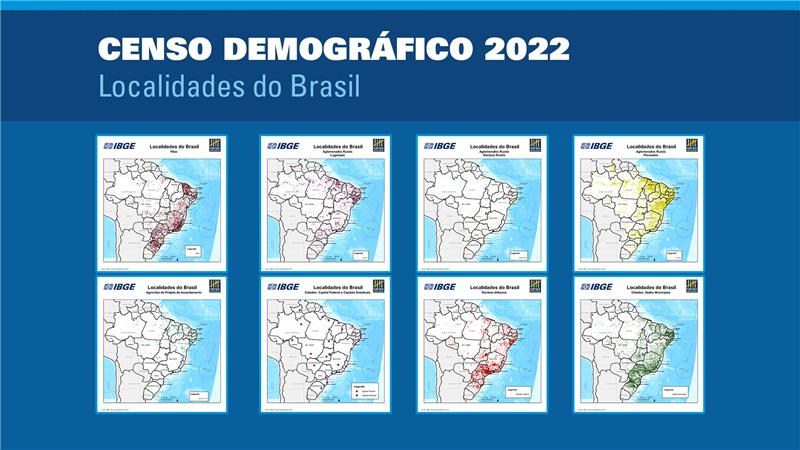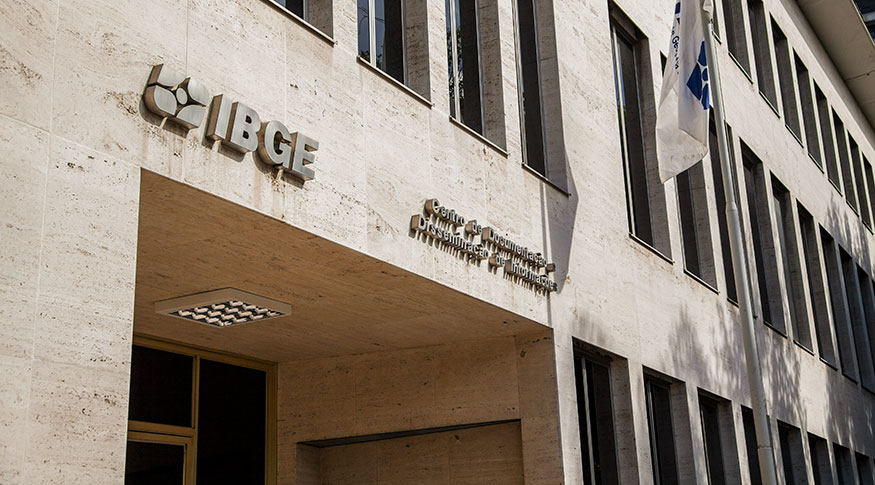PNAD Contínua
Unemployment falls to 9.8% in Q up to May, lowest rate for the period since 2015
June 30, 2022 09h00 AM | Last Updated: June 30, 2022 04h49 PM

The unemployment rate was 9.8% in the quarter ended in May, the lowest for this quarter since 2015, when it had been 8.3%. Compared to the previous quarter, from December 2021 to February 2022, the rate dropped 1.4 percentage points (pp), and compared to the same quarter last year, the drop was 4.9 pp. The data are from the Continuous National Household Sample Survey (Continuous Pnad), released today (June 30) by the IBGE.
The number of employed persons, at 97.5 million, is the highest in the time series, which began in 2012, and showed an increase of 2.4% in comparison with the previous quarter and 10.6% in the annual comparison. This is equivalent to an increase of 2.3 million persons in the quarter and 9.4 million employed persons in the year.
The unemployed population, estimated at 10.6 million persons, dropped 11.5% compared to the previous quarter, which represents 1.4 million fewer persons. In the year, the fall was 30.2%, 4.6 million less unemployed persons.
“It was an expressive growth and not isolated from the employed population. It is a recovery process from the 2020 losses, with a gradual recovery throughout 2021. At the beginning of 2022, there was a certain stability of the employed population, which now resumes its expansion in various economic activities ”, highlights Adriana Beringuy, coordinator of Household Sample Surveys at the IBGE.
She adds that the increases in employment have been occurring in different insertion forms, whether for informal workers or for those with a labor contract.
“The number of workers with a labor contract has been recovering quite interestingly, achieving the pre-pandemic levels. Mainly at the end of 2020 and int he first half of 2021, employment recovery was to a great extent in informal employment. From the second half of 2021 on, besides informality, a more effective contribution of the employment with a labor contract started in the employment recovery process”, she claims.
According to the survey, the number of workers with a formal employment contract in the private sector (except domestic workers) was 35.6 million persons, having increased 2.8% (981 thousand persons against the previous quarter and 12.1% (an increase by 3.8 million persons) in the annual comparison.
The informality rate was 40.1% of the employed population (or 39.1 million informal workers) against 40.2% in the previous quarter and 39.5% in the same quarter of 2021.
In relation to activity groups, Ms. Beringuy highlights the growth of the employed population in the group Public administration, defense, social security, education, human health and social services, driven by the growth of the education segment.
“With the come-back of face-to-face classes, a process of recomposition of the educational structure is at place, not only with the hiring of teachers, but also of workers to provide services and infrastructure for the teaching establishments”, she explains.
The researcher says that from the fourth quarter fo 2021, a process of recovery of the employed population was kicked off, in activities as construction, industry, agriculture and relates services to information technology and communication and financial services.
“With the improvement in the pandemic scenario, i. e., with the vaccination advance and the relaxation fo social distancing measures, face-to-face services started a more vigorous recovery, mainly in other services, lodging and food, domestic services and transportation and lodging.
She emphasizes that the growth in the employed population was quite widespread across all activities. “In the quarterly comparison, jus the groups of agriculture and domestic services had no growth, standing stable. And in the comparison, just agriculture did not grow, also standing stable.”
Earnings fall 7.2% in the year
The usual real earnings, of R$2,613 in the quarter ended May, recorded stability against the previous quarter and decreased by 7.2% against the same quarter a year ago.
“The drop of the annual earnings is due to formal segments of employment, as the public sector and that of employers. Even among formal employers, there is a retraction process”, she points out. According to the researcher, that can be the effect of inflation itself but also the structure of the current earnings of workers with a higher weight of workers with lower earnings.
The usual real wage bill (R$249.8 billion) grew 3.2% over the previous quarter and 3.0% in the annual comparison
More about the survey
The Continuous PNAD is the main instrument to monitor workforce in Brazil. The survey sample per quarter corresponds to 211 thousand households surveyed in Brazil. Nearly two thousand interviewers work in the survey in 26 states and in the Federal District, integrated to the data collection network of more than 500 IBGE branches.
Due to the Covid-19 pandemic, the IBGE implemented data collection by telephone on March 17, 2020. In July 2021, face-to-face data collection was resumed. The id of the interviewers can be confirmed at the Answering the IBGE website or through the Call Center (0800 7218181) by checking their ID numbers, which can be requested by the informants.
See PNAD data on Sidra database.


















